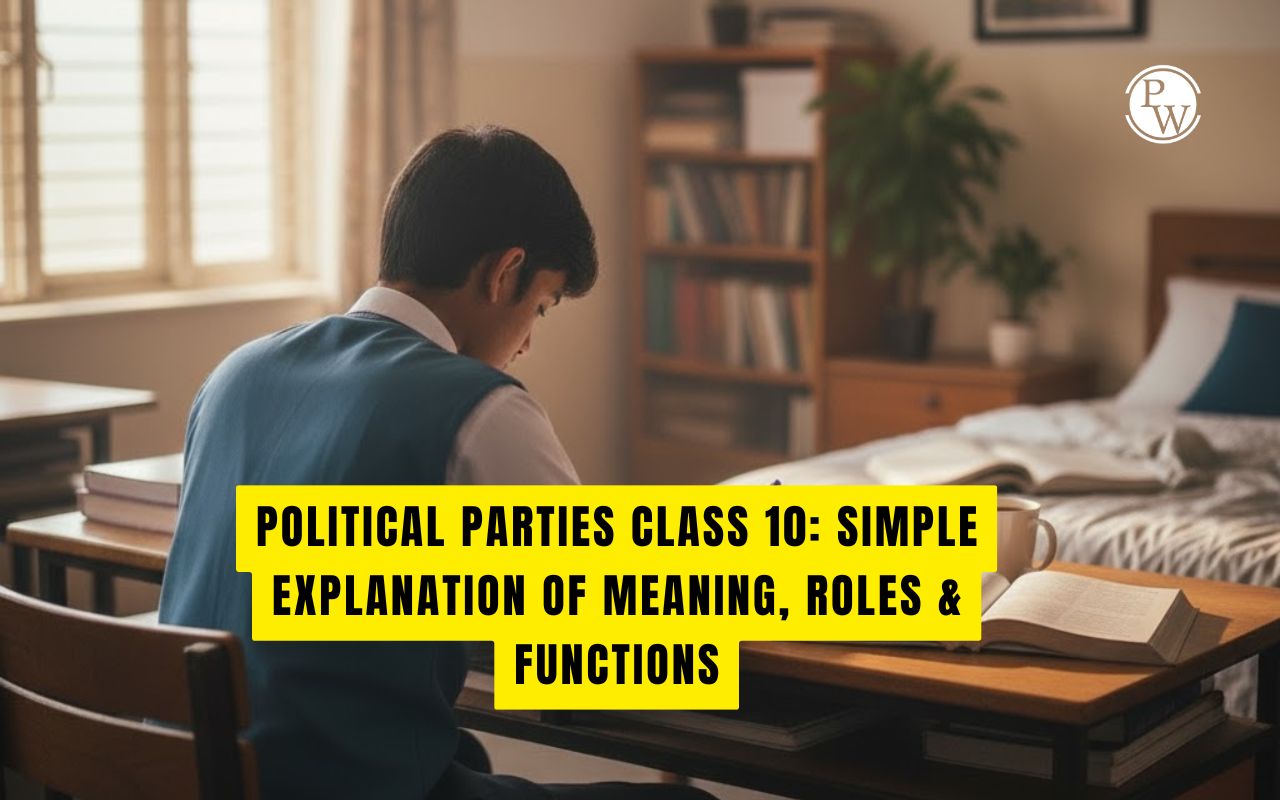

The Difference of Cubes Formula is a mathematical formula used to factor and simplify algebraic expressions that involve the difference of two cube terms. It is often used to break down complex expressions into simpler factors.
Define Difference of Cubes Formula
The cube of a number "n" is the result of multiplying "n" by itself three times, expressed as "n ³ ."
It can also be understood as a number multiplied by its square, which is "n × n ² = n × n × n."
The cube function, often represented as "y = x ³ ," maps a number "x" to its cube. It's important to note that this function is an odd function, meaning that the cube of a negative number is equal to the negative cube of the positive number, as you've stated: "(-n) ³ = -(n ³ )."
Understanding the concept of cubing is fundamental in algebra and mathematics, and it plays a crucial role in various mathematical operations and equations.
Difference of Cubes Formula
The difference of cubes formula is a mathematical identity used to factor and simplify expressions that involve the difference between two cube terms. It is particularly helpful in algebraic manipulations and equation solving. The formula for the difference of cubes is as follows:
a ³ - b ³ = (a - b)(a ² + ab + b ² )
Where:
"a" and "b" are real numbers or algebraic expressions.
"a ³ " represents the cube of "a."
"b ³ " represents the cube of "b."
(a - b) is the first factor, representing the difference between "a" and "b."
(a ² + ab + b ² ) is the second factor, resulting from the expansion of the difference of cubes expression.
This formula allows you to decompose a complex expression involving cube terms into a product of simpler binomial factors. It's a fundamental tool in algebra for simplifying and solving equations involving cubic expressions.
Also Check – Algebra Formulas
Difference of Two Cubes Formula
The difference of two cubes formula is a mathematical identity used to factor and simplify expressions that involve the difference between two cube terms. It's a special case of the more general difference of cube formula. The formula for the difference of two cubes is as follows:
a ³ - b ³ = (a - b)(a ² + ab + b ² )
Where:
"a" and "b" are real numbers or algebraic expressions.
"a ³ " represents the cube of "a."
"b ³ " represents the cube of "b."
(a - b) is the first factor, representing the difference between "a" and "b."
(a ² + ab + b ² ) is the second factor, resulting from the expansion of the difference of cube expression.
This formula allows you to express the difference between two cube terms as a product of two binomial factors, making it easier to simplify or solve equations involving such expressions.
Also Check – Rational Numbers
Factoring Cubes Formula
The factoring cubes formula refers to the process of factoring expressions that involve perfect cubes, specifically the sum or difference of two perfect cubes. These formulas are useful for simplifying and solving equations in algebra. There are two main formulas related to factoring cubes:
A sum of Two Cubes Formula:
If you have an expression in the form of "a ³ + b ³ ," you can factor it using the sum of two cubes formula:
a ³ + b ³ = (a + b)(a ² - ab + b ² )
Here, "a" and "b" can be real numbers or algebraic expressions.
Difference of Two Cubes Formula:
For an expression in the form of "a ³ - b ³ ," you can factor it using the difference of two cubes formula:
a ³ - b ³ = (a - b)(a ² + ab + b ² )
Similarly, "a" and "b" can be real numbers or algebraic expressions in this case.
These formulas are particularly useful for factoring cubic expressions, simplifying them, or solving equations involving cubic terms. They help break down complex expressions into more manageable factors.
Also Check – Comparing Quantities Formula
Conclusion
Perfect cubes that have integer cube roots are more commonly encountered in mathematics. When factoring the difference of two perfect cubes, it's important to remember that this difference can be expressed as the product of the cube roots of the two numbers involved, multiplied by the sum of their squares. This factoring technique simplifies the expression and is particularly useful in algebraic manipulations and equation solving.
Difference of Cubes Formula FAQs
Q1. What is the difference of cubes formula used for?
Q2. What is the difference of cubes formula?
Q3. Can you provide an example of using the difference of cubes formula?
Q4. Is there a similar formula for the sum of cubes?
Q5. Why is the difference of cubes formula important in algebra?












